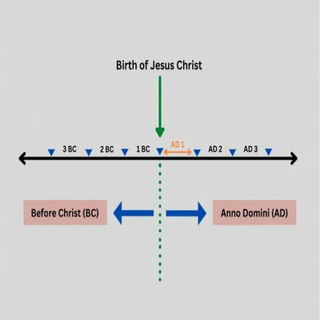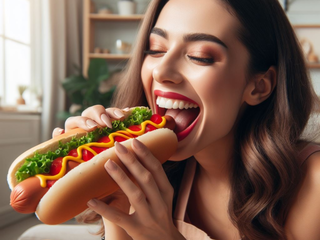The four seasons of the year in the United States —spring, summer, fall, and winter — are what determine the weather, the ecosystem, and the hours of daylight throughout the year.
The current season in the United States is Summer.

When does each season start in 2025?
In 2025, these are the astronomical dates and times for the start of each season:
- Spring: Starts on March 20, 2025, at 11:06 PM and lasts until June 20, 2025, at 4:51 PM (93 days)
- Summer: Starts on June 20, 2025, at 4:51 PM and lasts until September 22, 2025, at 8:44 AM (93 days)
- Autumn (Fall): Starts on September 22, 2025, at 8:44 AM and lasts until December 21, 2025, at 4:21 AM (93 days)
- Winter: Starts on December 21, 2025, at 4:21 AM and lasts until March 20, 2026, at 5:01 AM (93 days)
The times correspond to the Eastern Time (ET) time zone and will vary in different states.
While the dates of the seasons may vary slightly, this is only ever for a maximum of 2 days. The earliest Spring can ever be is the 19th of March, but this is very rare. It was March 19 in 2020, but before that, you have to go all the way back to 1896 to find another example.
Despite the variance being small it can lead to confusion at times when discussing the seasons with people, and for this reason, many prefer to reference the meteorological seasons:
Months of each season
The meteorological seasons comprise the entirety of specific months, these are:
- Spring months : March, April, May
- Summer months : June, July, August
- Fall months : September, October, November
- Winter months : December, January, February
The United States is located in the Northern Hemisphere, and so on average, the months from spring through to summer have hotter temperatures, while the weather gets colder during fall and winter.
America is however a vast country with a few different regions, so there are several unique climatic zones. States such as California, Florida, Arizona, and Texas are usually warm all year round. On the other hand, Alaska is unsurprisingly the coldest state, where Juneau has average highs of 48 °F (8.89 °C) and lows of 36 °F (2.22 °C). Most other places such as New York, New England, Washington, and the Midwest have more distinct seasonal changes throughout the year.
Spring
Spring starts on March 20 or 21 and lasts until June 20 or 21 .
The first day of spring occurs on the spring equinox, which marks the astronomical beginning of spring. Meteorologically, spring begins on March 1st.
This season comes after winter and before summer, and is characterized by the warming temperatures and the days getting longer. It is during spring that plants start blossoming for the summer.
Learn more about Spring Equinox (Start of Spring) .
Summer
Summer lasts from June 20 or 21 until September 22 or 23 , which places it between spring and fall.
This is the warmest of the months, where temperatures soar, and where we can enjoy more hours of daylight, as the days are longer than the evenings. In the United States, some regions have warm, humid weather, while in other areas the days are very hot and arid.
The first day of summer is marked by the summer solstice , which corresponds to the astronomical beginning of summer.
Fall
Fall begins on September 22 or 23 and ends on December 21 or 22 .
During this season, temperatures start dropping, and the nights start getting longer again. Also known as autumn, in the United States, fall gets its name because of the leaves on the trees that begin changing colors and falling.
In some states, the landscape totally changes during fall, with greenery being replaced by bright reds and oranges.
Learn more about Autumnal Equinox (Start of Fall) .
Winter
Winter starts on December 21 or 22, and lasts through to March 20 or 21 , falling right between fall and spring.
In winter the weather gets colder, with some regions getting temperatures as low as 3 °F (-16.11 °C), and the nights become longer than the days. Many of the Northern states get snow throughout the season.
The official beginning of winter falls on the winter solstice .
The Seasons of the Year Explained
There is an idea that summer is hotter than the other seasons because it happens when the Earth is closer to the sun, and that when the Earth is furthest from the sun, that's when winter occurs. This is false!
What controls the seasons is the Earth's axis, an imaginary pole that crosses the planet from top to bottom, on which the Earth spins, making one complete spin each day.
This axis is tilted, and when the Earth revolves in its orbit around the Sun throughout the year, different parts of the planet receive the Sun's direct sunlight. This means that when the North Pole is tilted towards the Sun, it is summer in the Northern Hemisphere. Meanwhile, when it is tilted away from the Sun, that's when it doesn't get as much light and heat, which causes winter and fall.
Hey! Hope you enjoyed this article. Just so you know, it's been sponsored by Texxto.ai, a really cool AI-powered tool that rewrites and improves your texts with one click. Just by signing up, you get 3 free daily uses!
>>> Get Your Texxto.ai Free Account Now! >>>
Other seasonal articles you may find interesting:











